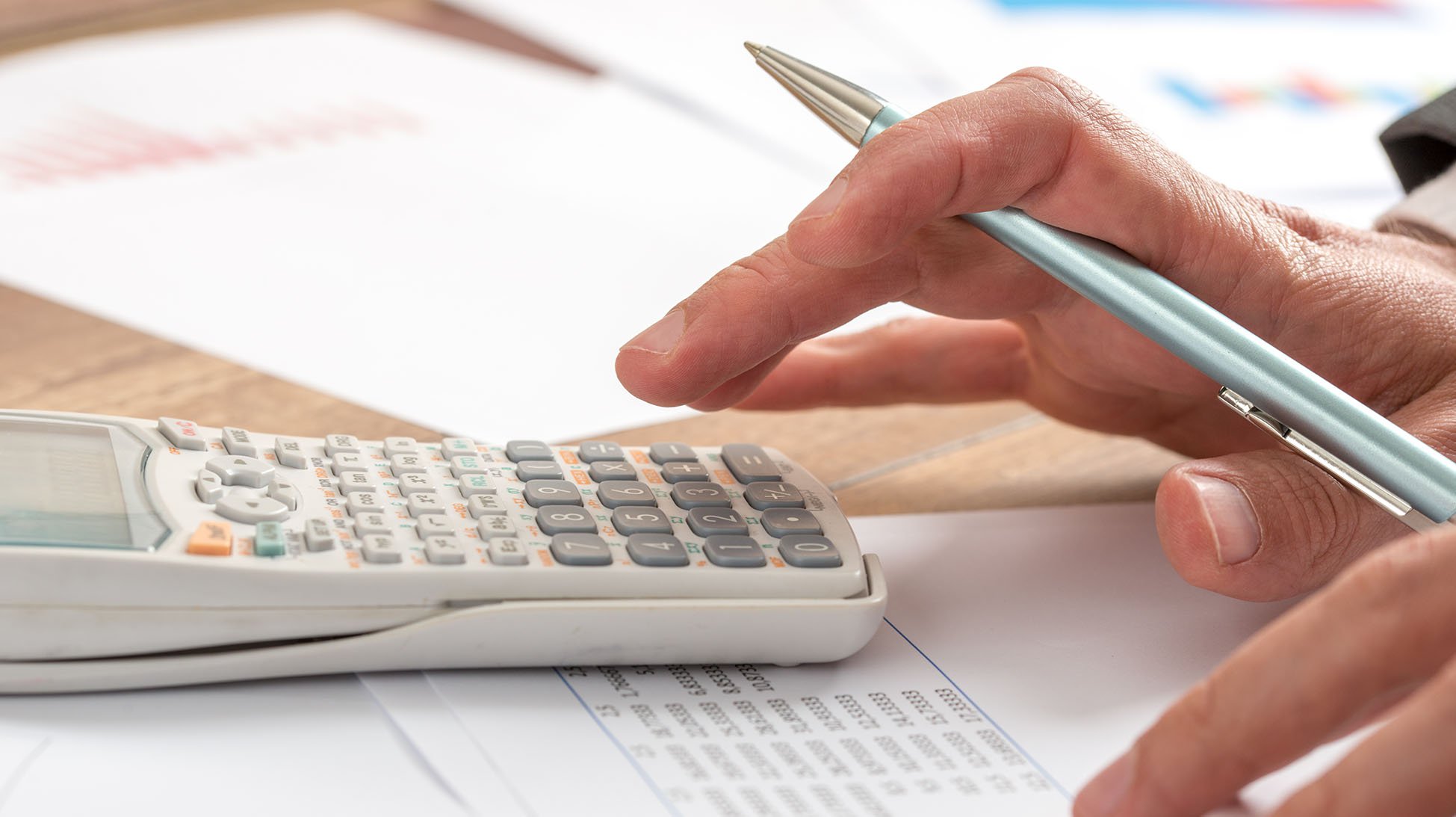The IRS offers several payment options where taxpayers can pay immediately or arrange to pay in installments. Taxpayers can pay online, by phone, or with their mobile device and the IRS2Go app. Taxpayers should pay in full whenever possible to avoid interest and penalty charges.
Here are some electronic payment options for taxpayers:
Electronic Funds Withdrawal. Taxpayers can pay using their bank account when they e-file their tax return. EFW is free and only available through e-File.
Direct Pay. Taxpayers can pay directly from a checking or savings account for free with IRS Direct Pay. Taxpayers receive instant confirmation after they submit a payment. With Direct Pay, taxpayers can schedule payments up to 30 days in advance. They can change or cancel their payment two business days before the scheduled payment date. Taxpayers can choose to receive email notifications each time they make a payment.
Credit or debit cards. Taxpayers can also pay their taxes by debit or credit card online, by phone, or with a mobile device. Card payment processing fees vary by service provider and no part of the service fee goes to the IRS. Telephone numbers for service providers are at IRS.gov/payments.
Pay with cash. Taxpayers can make a cash payment at a participating retail partner. Taxpayers can do this at more than 7,000 locations nationwide. Taxpayers can visit IRS.gov/paywithcash for instructions on how to pay with cash.
Installment agreement. Taxpayers who are unable to pay their tax debt immediately may be able to make monthly payments. Before applying for any payment agreement, taxpayers must file all required tax returns. They can apply for an installment agreement with the Online Payment Agreement tool, which also has more information about who’s eligible to apply for a monthly installment agreement.


